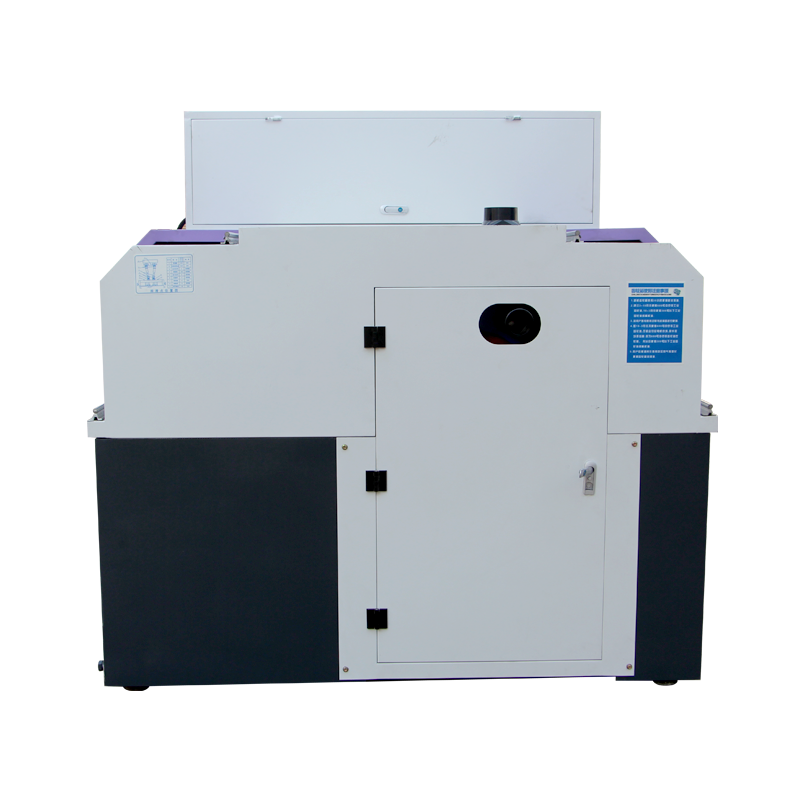
-
 Afrikaans
Afrikaans -
 Albanian
Albanian -
 Amharic
Amharic -
 Arabic
Arabic -
 Armenian
Armenian -
 Azerbaijani
Azerbaijani -
 Basque
Basque -
 Belarusian
Belarusian -
 Bengali
Bengali -
 Bosnian
Bosnian -
 Bulgarian
Bulgarian -
 Catalan
Catalan -
 Cebuano
Cebuano -
 Corsican
Corsican -
 Croatian
Croatian -
 Czech
Czech -
 Danish
Danish -
 Dutch
Dutch -
 English
English -
 Esperanto
Esperanto -
 Estonian
Estonian -
 Finnish
Finnish -
 French
French -
 Frisian
Frisian -
 Galician
Galician -
 Georgian
Georgian -
 German
German -
 Greek
Greek -
 Gujarati
Gujarati -
 Haitian Creole
Haitian Creole -
 hausa
hausa -
 hawaiian
hawaiian -
 Hebrew
Hebrew -
 Hindi
Hindi -
 Miao
Miao -
 Hungarian
Hungarian -
 Icelandic
Icelandic -
 igbo
igbo -
 Indonesian
Indonesian -
 irish
irish -
 Italian
Italian -
 Japanese
Japanese -
 Javanese
Javanese -
 Kannada
Kannada -
 kazakh
kazakh -
 Khmer
Khmer -
 Rwandese
Rwandese -
 Korean
Korean -
 Kurdish
Kurdish -
 Kyrgyz
Kyrgyz -
 Lao
Lao -
 Latin
Latin -
 Latvian
Latvian -
 Lithuanian
Lithuanian -
 Luxembourgish
Luxembourgish -
 Macedonian
Macedonian -
 Malgashi
Malgashi -
 Malay
Malay -
 Malayalam
Malayalam -
 Maltese
Maltese -
 Maori
Maori -
 Marathi
Marathi -
 Mongolian
Mongolian -
 Myanmar
Myanmar -
 Nepali
Nepali -
 Norwegian
Norwegian -
 Norwegian
Norwegian -
 Occitan
Occitan -
 Pashto
Pashto -
 Persian
Persian -
 Polish
Polish -
 Portuguese
Portuguese -
 Punjabi
Punjabi -
 Romanian
Romanian -
 Russian
Russian -
 Samoan
Samoan -
 Scottish Gaelic
Scottish Gaelic -
 Serbian
Serbian -
 Sesotho
Sesotho -
 Shona
Shona -
 Sindhi
Sindhi -
 Sinhala
Sinhala -
 Slovak
Slovak -
 Slovenian
Slovenian -
 Somali
Somali -
 Spanish
Spanish -
 Sundanese
Sundanese -
 Swahili
Swahili -
 Swedish
Swedish -
 Tagalog
Tagalog -
 Tajik
Tajik -
 Tamil
Tamil -
 Tatar
Tatar -
 Telugu
Telugu -
 Thai
Thai -
 Turkish
Turkish -
 Turkmen
Turkmen -
 Ukrainian
Ukrainian -
 Urdu
Urdu -
 Uighur
Uighur -
 Uzbek
Uzbek -
 Vietnamese
Vietnamese -
 Welsh
Welsh -
 Bantu
Bantu -
 Yiddish
Yiddish -
 Yoruba
Yoruba -
 Zulu
Zulu
Precision Thread Rolling Machine Services for Optimal Production
Understanding the Working Mechanism of Thread Rolling Machines
Thread rolling machines play a pivotal role in the manufacturing industry, particularly in the production of threaded fasteners. These machines are designed to create threads on a variety of materials by rolling them instead of cutting, which enhances the strength and integrity of the threads produced. This article delves into the working mechanism of thread rolling machines, their advantages, and their service requirements.
Working Mechanism
The primary function of a thread rolling machine is to form threads by deforming the material rather than removing it. The process typically involves three main components the workpiece, the dies, and the rolling mechanism. The workpiece, usually a metal rod, is inserted between two die plates that are shaped to create the desired thread profile.
As the machine operates, the dies rotate and exert immense pressure on the workpiece. This pressure causes the material to flow and take on the shape of the die, forming a thread. Depending on the design of the machine, there are generally two types of thread rolling processes flat die and cylindrical die. Flat die rolling is suited for simpler, straight threads, while cylindrical die rolling allows for more complex shapes and sizes.
Advantages of Thread Rolling Machines
One of the most significant advantages of thread rolling machines is their efficiency. The process is faster compared to traditional cutting methods, leading to higher production rates. Additionally, the rolling process retains the grain structure of the material, resulting in stronger threads with superior fatigue resistance. This characteristic is particularly important in applications where the fasteners are subjected to high stress and strain.
thread rolling machine working service

Another notable benefit is the reduction of material waste. Since the rolling process does not cut away material, the amount of scrap produced is minimal. Moreover, the absence of chips during the operation simplifies cleanup and minimizes the environmental impact of the manufacturing process.
Service Requirements
To maintain optimal performance of thread rolling machines, regular service and maintenance are essential. This includes routine inspections of the dies and rolling mechanisms for wear and tear, as well as ensuring proper lubrication to reduce friction and prevent overheating. Operators should be trained to identify signs of malfunction, such as inconsistent thread quality or unusual noises during operation.
Proper calibration and alignment of the dies are crucial for producing accurate threads. Regularly checking and adjusting these components will ensure that the machine operates efficiently and prolongs its lifespan. Additionally, keeping up with manufacturers’ guidelines for maintenance schedules will help in minimizing downtime and enhancing productivity.
Conclusion
In conclusion, thread rolling machines are vital tools in the manufacturing of reliable threaded fasteners. Their innovative working mechanism not only boosts productivity but also enhances the quality of the threads produced. With proper maintenance and servicing, these machines can continue to deliver excellent results, making them an indispensable asset in the production line. As industries continue to evolve, the importance of efficient and effective thread rolling processes will only grow.
